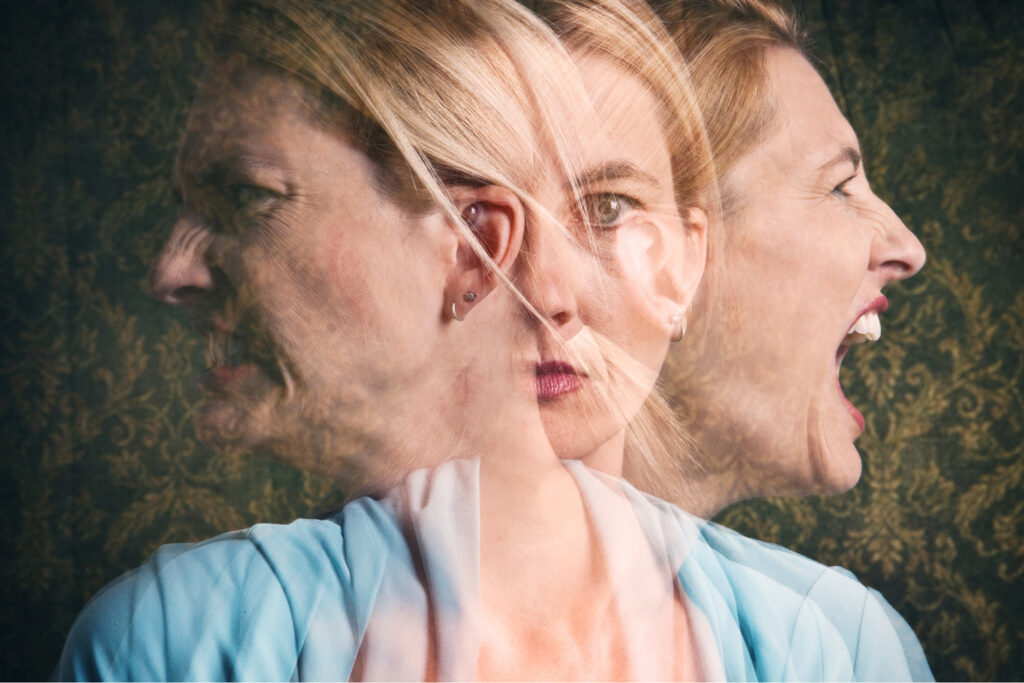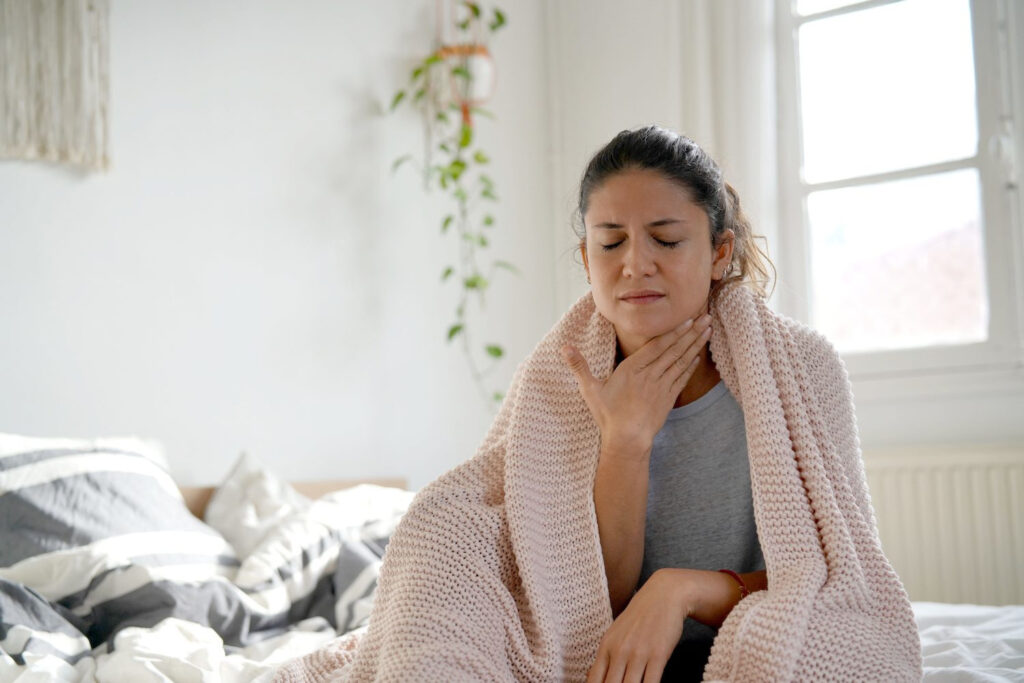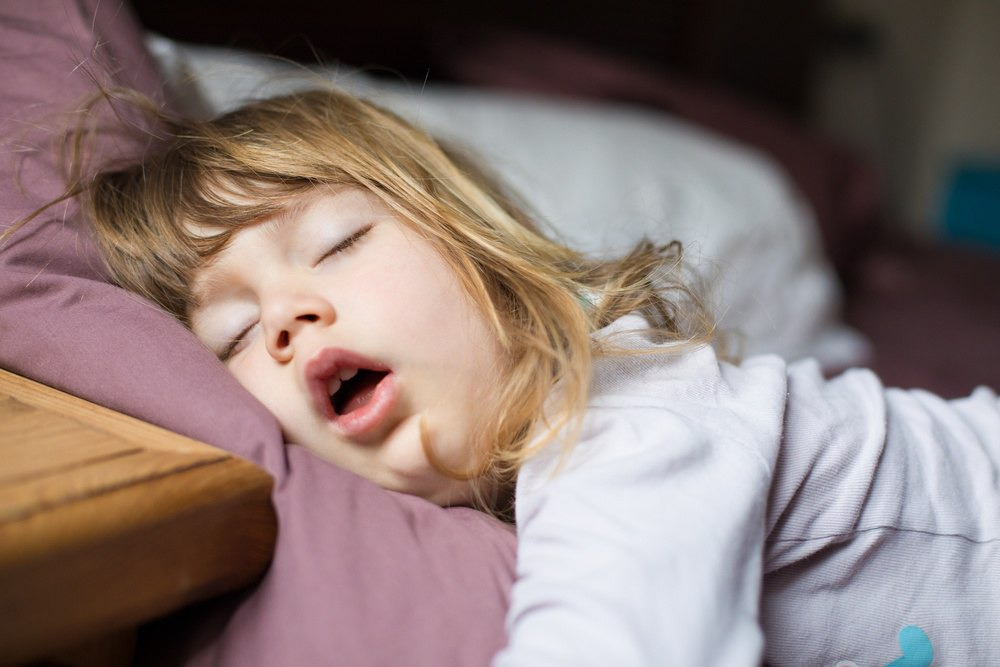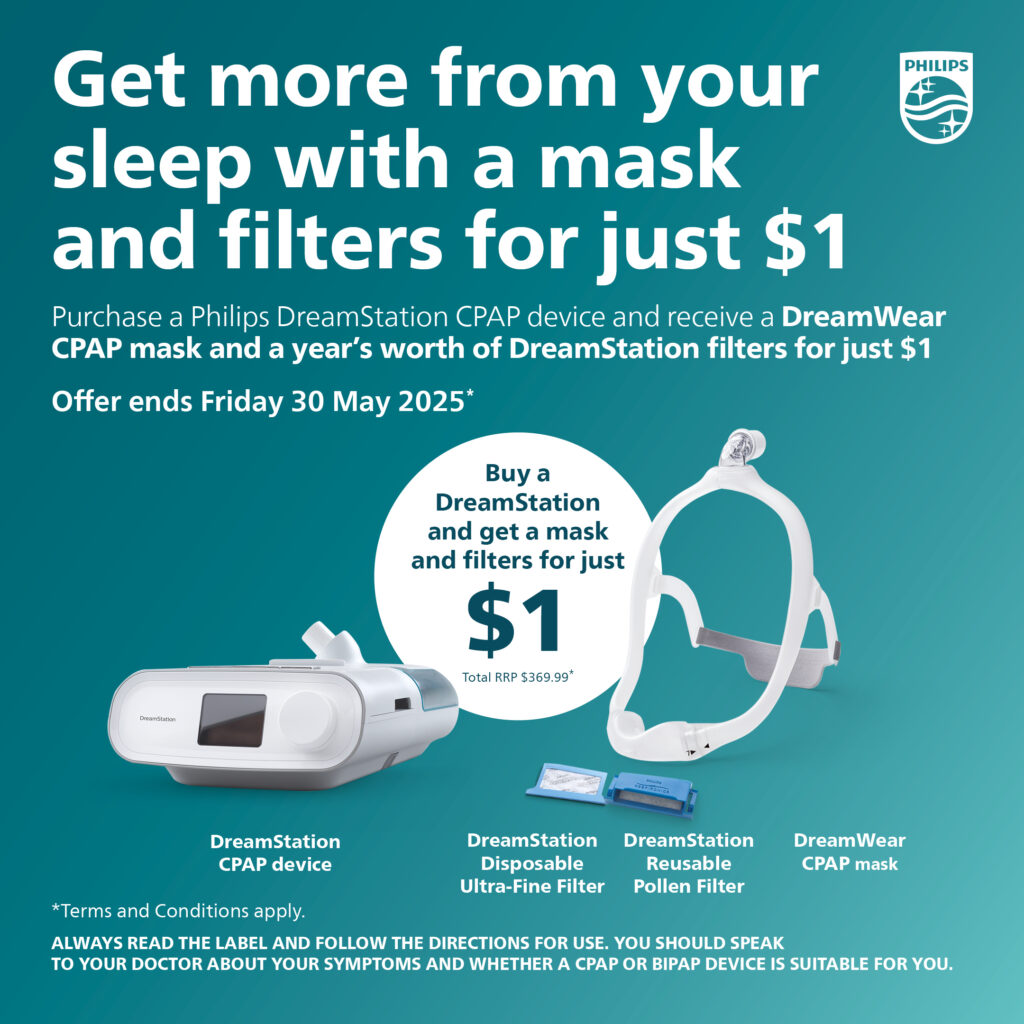Obstructive sleep apnea is the most frequently occurring sleep-disordered breathing in which respiration is interrupted by a mechanical airway obstruction. It is within this group of sleep disorders resulting in low blood oxygen levels and infrequent arousals during sleep hours. Then, what are the symptoms of obstructive sleep apnea? Find out more about obstructive sleep apnea symptoms below!
General Symptoms of obstructive sleep apnea
Obstructive sleep apnea is the most frequent of all sleep breathing disorders. It involves repeated episodes of complete (or almost complete) upper airway obstruction during sleep. Awareness of such OSA symptoms is important for early identification and proper management. This condition can significantly impact your overall health, leading to daytime drowsiness, impaired concentration, and other complications. It can significantly affect your overall health, resulting in daytime drowsiness and problems with concentration, among other issues. If you are aware of the key symptoms of obstructive sleep apnea to help you spot signs and know when to seek medical attention. Being well-informed of these symptoms will help you take some preventive measures regarding good slumber and general health. Below are some obstructive sleep apnea symptoms to be aware of:
Loud snoring
A prevalent symptom of obstructive sleep apnea is snoring loudly. This happens when the air flowing into the nose and mouth during sleep is somewhat blocked, which results in vibration of the tissues in the throat while breathing. The vibration creates sound ranging from mild to very intense levels. In cases of OSA-related snoring, it is common for other symptoms to be present along with just noisy breathing, such as moments when one stops breathing or starts choking or gasping; this would happen because the flow of air has been obstructed.

See more: Can You Have Sleep Apnea Without Snoring?
Gasping or choking during sleep
In sleep apnea, specifically in the obstructive type, “gasping or choking during sleep” is due to the presence of an airway block that stops breathing. The person would be observed to make gasping or jerking sounds while asleep when an obstruction at the pharynx persists and does not allow air to pass through it. If a complete obstruction had occurred, this individual would have fallen unconscious and experienced no sound but violent respiratory efforts at the time of death (from asphyxia). The body responds by waking itself up briefly to restore normal breathing; this makes the patient produce gasping or choking sounds as he struggles to breathe back again. This could disrupt sleep efficiency and render one drowsy during the day.

Episodes of breathing pauses during sleep noted by others
Observed in others, noted episodes of breathing pauses during sleep pertain to an onlooker’s report on the cessation of breathing by the patient with obstructive sleep apnea while he is asleep. It may be followed by a gasping or choking sound due to a momentary arousal of the person and then resuming normal respiration. This sign denotes very grave levels of airway obstruction during sleep and is pathognomonic for obstructive sleep apnea.
Restless slee
Restless sleep in obstructive sleep apnea (OSA) means tossing and turning all night long because of interruptions in breathing. As a consequence, individuals with OSA often experience fragmented sleep and difficulty staying in one restful position, leading to feelings of unrest and fatigue upon waking.

Frequent nighttime urination (nocturia)
Nocturia is the frequent urge to urinate at night, whereby an individual wakes up several times during the night to pass urine. This results from fragmented sleep and increased bladder pressure. Getting up more than once during the night to go to the bathroom breaks your sleep and aggravates daytime fatigue and drowsiness. Adequate management of OSA reduces nocturia and helps to enhance the general quality of sleep.
Night sweats and feeling restless in your sleep
Symptoms of obstructive sleep apnea can be, for instance, night sweats or feeling restless during sleep. This is because the body has responded to the lack of proper breathing with plenty of sweating during the night; it would have to struggle to rest in case there were very many awakenings. These 2 symptoms could also disturb the quality of sleep, leading as well into fatigue and discomfort during the day.

Feeling tired or even exhausted when waking up
Feeling tired or weary on awakening is because there have been frequent stoppages of breathing during sleep; thus, the system has not had the benefit of refreshing itself. Even after spending all night in bed, a person may feel unrefreshed and fatigued in the morning because of these continual disruptions. You may experience a lack of energy that never seems to go away, up to problems with memory and other cognitive complaints, and difficulties with job performance as well as quality of life.

Excessive daytime sleepiness
Daytime sleepiness is seen as one of the most reported symptoms in those that have obstructive sleep apnea; patients tend to feel overwhelmingly tired and drowsy during the day. This happens because the frequent stoppages in sleep do not allow for a refreshing slumber. People are, therefore, always feeling tired and finding it difficult to stay awake, which could interfere with their daily undertakings as a result of feeling tired all the time.

Morning headaches
Morning headaches related to obstructive sleep apnea are defined as the headaches that take place on awakening. They are brought about by bad oxygenation and fragmented sleep, which can cause rising pressure in the blood vessels in the head. This discomfort often results from frequent awakenings and reduced oxygen levels during the night, leaving the individual feeling sore and fatigued in the morning.

Difficulty concentrating
Difficulty concentrating, a symptom of obstructive sleep apnea, refers to trouble focusing or maintaining attention during daily activities. This cognitive impairment occurs because frequent nighttime awakenings disrupt restorative sleep, leading to persistent daytime fatigue. As a result, individuals may struggle with memory, decision-making, and completing tasks efficiently, affecting both personal and professional life.

Mood changes
In obstructive sleep apnea (OSA), mood changes refer to emotional fluctuations resulting from poor sleep quality. Individuals may experience irritability, depression, or heightened emotional sensitivity due to the constant disruptions in sleep and reduced oxygen levels. This can affect overall mood stability and lead to increased difficulty managing stress or maintaining a positive outlook on daily activities.

Dry mouth or sore throat
Dry mouth or sore throat occurs because the person often breathes through their mouth during the night due to blocked airways. This leads to dryness and irritation in the mouth and throat, especially upon waking. This symptom is a result of the constant airflow disruption and can cause discomfort, making the throat feel rough or sore by morning.

High blood pressure
High blood pressure, or hypertension, is a common obstructive sleep apnea symptom. OSA leads to repeated drops in oxygen levels during sleep, causing stress on the cardiovascular system. This can result in increased blood pressure, which may persist even after the condition is treated. Managing OSA effectively is crucial to controlling high blood pressure and reducing related health risks.
Sexual dysfunction
Sexual dysfunction in obstructive sleep apnea (OSA) refers to a decrease in sexual desire or performance due to the disorder. It can result from fatigue, mood changes, and low energy levels caused by disrupted sleep. Poor sleep quality and hormonal imbalances related to OSA can also contribute to reduced libido and difficulty with sexual function. Addressing OSA can help improve overall sexual health and restore interest and performance.

Signs of sleep apnea in children
Sleep apnea in children, while less common than in adults, can still occur and presents with some distinct OSA symptoms. Here are some signs of sleep apnea in children:
- Hyperactivity or Poor School Performance: Children may exhibit signs similar to ADHD, such as difficulty focusing or trouble performing well in school.
- Loud Snoring: Persistent, loud snoring during sleep.
- Bedwetting: Frequent bedwetting or nighttime accidents.
- Restless Sleep: Frequent movements of arms or legs while sleeping.
- Unusual Sleep Positions: Sleeping in unusual positions or with their neck extended.
- Reflux or Night Sweats: Symptoms like heartburn (reflux) or excessive sweating at night.

Obstructive sleep apnea symptoms in women
Women may experience different obstructive sleep apnea symptoms compared to men. Common obstructive sleep apnea symptoms in women include:
- Anxiety: Increased feelings of anxiety.
- Daytime Sleepiness: Persistent tiredness during the day.
- Depression: Symptoms of depression or mood swings.
- Headaches: Morning headaches are common.
- Insomnia: Difficulty falling or staying asleep.
- Frequent Waking: Waking up often during the night.
Women might not always have the typical symptoms such as loud snoring. If you have any of these mild obstructive sleep apnea symptoms or risk factors for sleep apnea, it’s important to consult your healthcare provider.
Obstructive sleep apnea symptoms in women include anxiety, depression, insomnia, headaches,… (Source: Collected)
Differentiating between OSA and CSA symptoms and cause
Here is a table that differentiates between Central Sleep Apnea vs Obstructive Sleep Apnea symptoms and cause:
| Aspect | Obstructive Sleep Apnea (OSA) | Central Sleep Apnea (CSA) |
| Cause | Blockage or collapse of the upper airway during sleep. | Failure of the brain to send signals to the muscles that control breathing. |
| Primary Symptom | Loud snoring, with episodes of stopped breathing. | Periods of no breathing with less pronounced snoring. |
| Daytime Sleepiness | Common due to disrupted sleep. | Common due to fragmented sleep, though less frequent. |
| Morning Headaches | Frequent, especially upon waking. | Less common, but can occur. |
| Gasping or Choking | Typical when waking up during the night. | Less common; more likely to have prolonged pauses in breathing. |
| Snoring | Loud and persistent snoring is a common symptom. | Snoring is usually less prominent or absent. |
| Sleep Position | Often sleeps with the neck extended or in unusual positions. | Sleep position is less of a factor. |
| Mood Changes | Often experience mood changes like irritability or depression. | Can also experience mood changes, but less directly linked. |
| Reflux/Night Sweats | Possible, particularly if OSA is severe. This is a severe obstructive sleep apnea symptoms | Less common. |
| Childhood Symptoms | Hyperactivity, poor performance in school, bedwetting. | Similar to OSA, but symptoms may include more frequent pauses in breathing. |
Recognizing the obstructive sleep apnea symptoms is crucial for seeking timely intervention and improving your overall health. Common signs include loud snoring, choking or gasping during sleep, excessive daytime sleepiness, and difficulty concentrating. If you suspect you might be experiencing these symptoms, it’s essential to consult with a healthcare provider for an accurate diagnosis and appropriate treatment. You also use the CPAP machine to treat sleep apnea by providing a steady stream of air through your mouth and/or nose. This continuous airflow helps to keep your airways open, preventing interruptions in breathing during sleep.
For more detailed information on managing OSA and understanding its impact on your health, be sure to follow our website. Stay informed and take the first step towards a better night’s sleep by exploring our comprehensive resources and expert insights. In addition, you can also shop online for sleep apnea treatment devices at our store.





